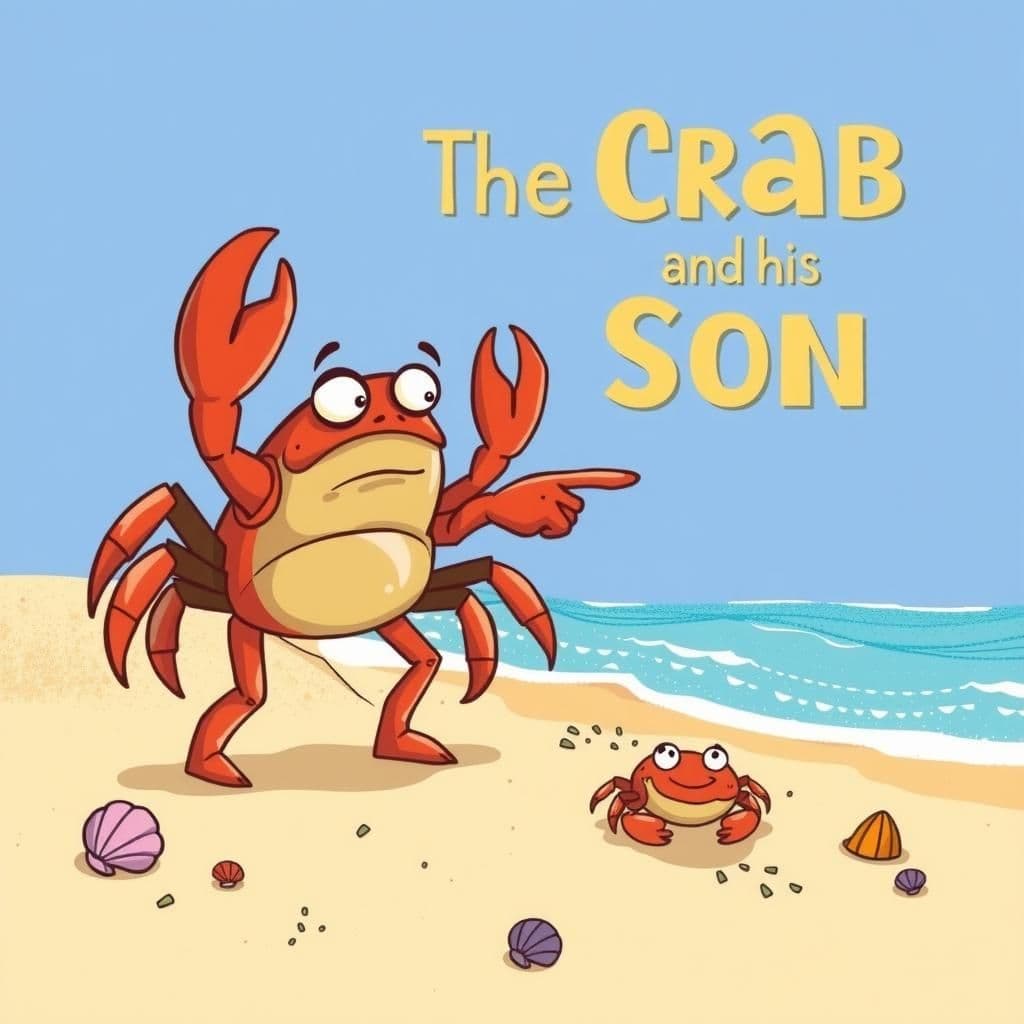The Mole and His Mother

Story Summary
In "The Mole and His Mother," a blind young mole confidently claims he can see, prompting his mother to test him with grains of frankincense. When he incorrectly identifies them as pebbles, she realizes he is not only blind but has also lost his sense of smell. This captivating moral story serves as a reminder of the importance of self-awareness and the value of real-life stories with moral lessons.
Click to reveal the moral of the story
The story illustrates that a lack of awareness and understanding of one's limitations can lead to misguided beliefs about oneself.
Historical Context
This fable reflects themes of perception and understanding found in various cultural traditions, particularly in Aesop’s Fables, which often feature animals conveying moral lessons. The story emphasizes the importance of sensory awareness and the limitations of subjective experience, a motif echoed in literature across cultures. Such tales serve to illustrate the folly of overconfidence and the necessity of humility in the face of one's limitations.
Our Editors Opinion
This story highlights the importance of self-awareness and recognizing our limitations, reminding us that confidence without understanding can lead to misguided assumptions. In modern life, a scenario could involve an employee convinced they excel in a role despite consistently receiving constructive feedback; their refusal to acknowledge their shortcomings could hinder both personal growth and team progress.
You May Also Like

The Crab and his Son
In "The Crab and his Son," a father crab criticizes his son for his ungraceful sidelong gait, prompting the son to point out his father's similar flaw. This exchange reveals the hypocrisy in the father's advice and serves as a valuable lesson from moral stories, emphasizing that one should lead by example. This short tale encapsulates the essence of educational moral stories, teaching readers the importance of self-reflection and consistency in behavior.

A Fatal Disorder
In "A Fatal Disorder," a dying man, shot and on the verge of death, confesses to the District Attorney that he was the aggressor in the altercation, defying the typical narrative of self-defense found in many well-known moral stories. His unexpected honesty leaves officials stunned, as they are more accustomed to distorted dying declarations, highlighting the value-based moral lessons often present in simple moral stories. As the Police Surgeon humorously notes, it is the truth itself that is ultimately killing him, underscoring the weight of accountability in these short tales with moral implications.

The Wolf the Fox and the Ape
In "The Wolf the Fox and the Ape," a Wolf accuses a Fox of theft, but the Fox staunchly denies the accusation. An Ape, serving as a judge, concludes that the Wolf likely never lost anything, yet he believes the Fox is guilty of stealing. This moral-based storytelling illustrates a simple lesson from stories: dishonest individuals gain no credit, even when they pretend to act honestly, making it a fitting bedtime moral story for students.
Other names for this story
Blind Mole's Discovery, A Mole's Misunderstanding, The Mole's Sense of Smell, Mother Mole's Wisdom, The Pebble Puzzle, Seeing Without Sight, The Mole's Mistaken Identity, Lessons from Mother Mole
Did You Know?
This story highlights the theme of perception versus reality, illustrating how our understanding of the world can be limited by our senses. The young Mole's insistence that he can see, despite his blindness, serves as a metaphor for the ways in which individuals may be unaware of their own limitations.
Subscribe to Daily Stories
Get a new moral story in your inbox every day.